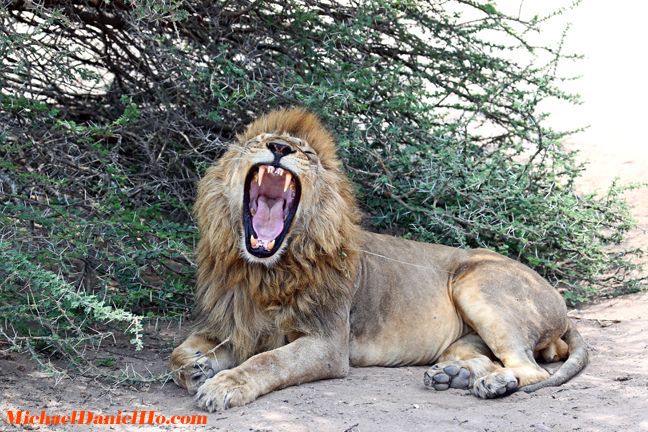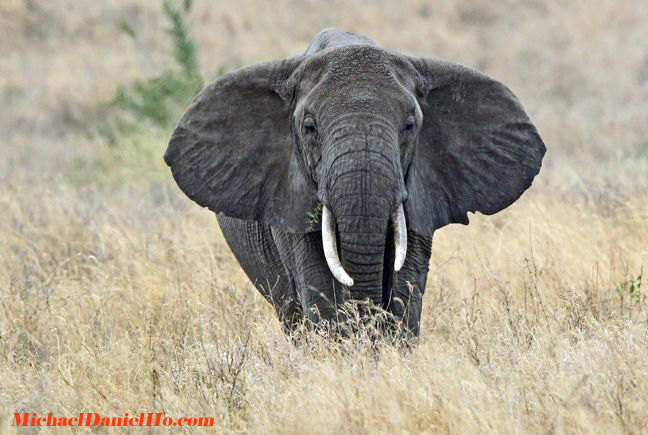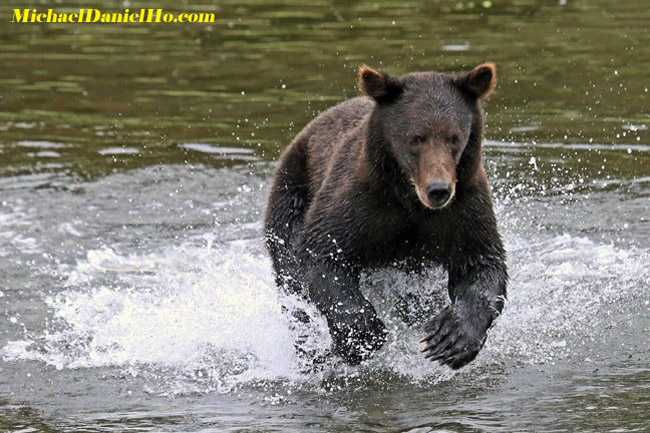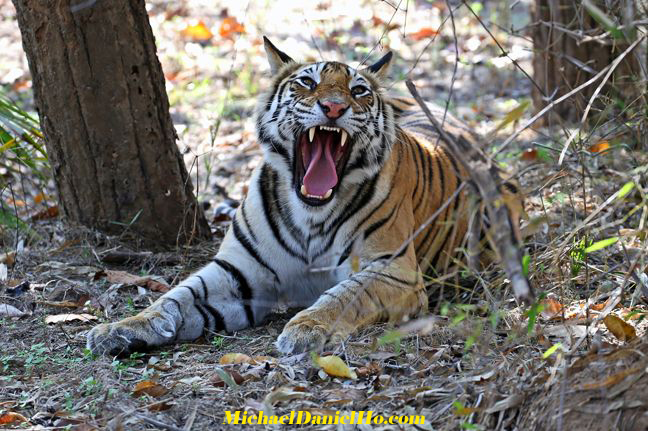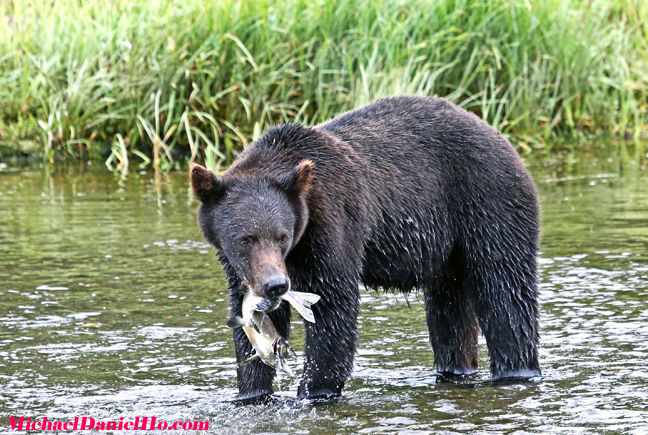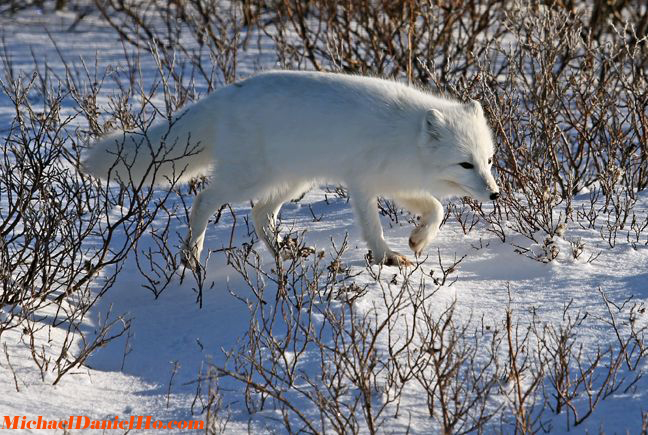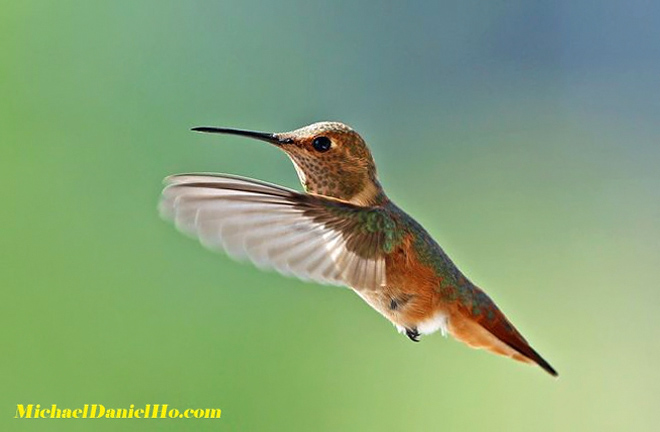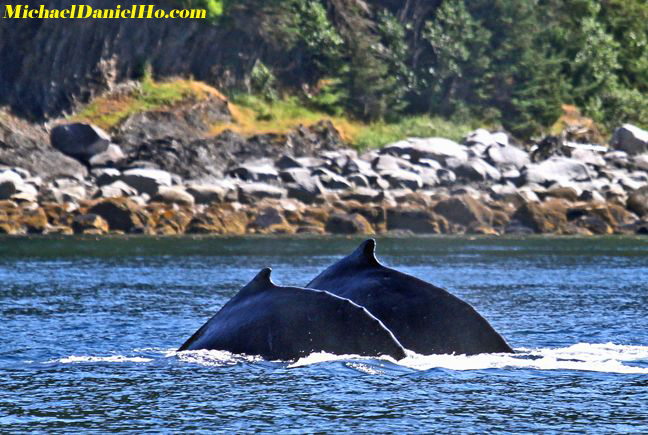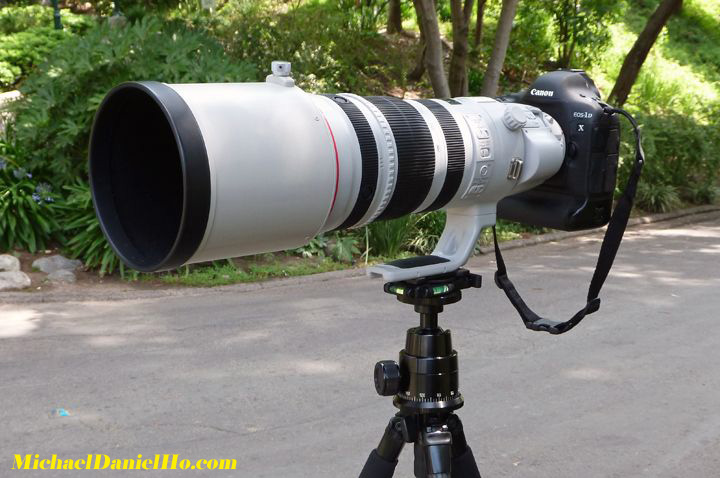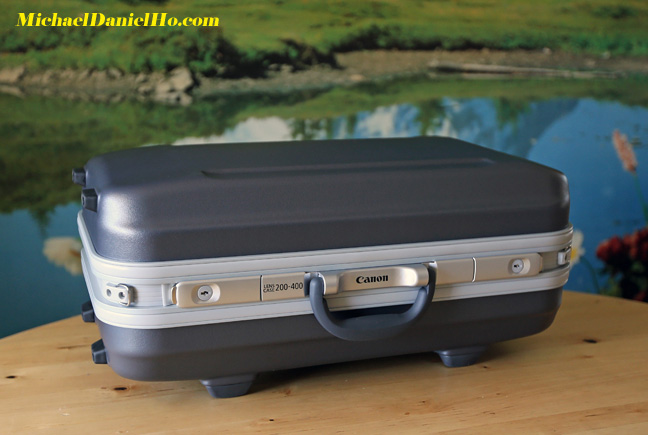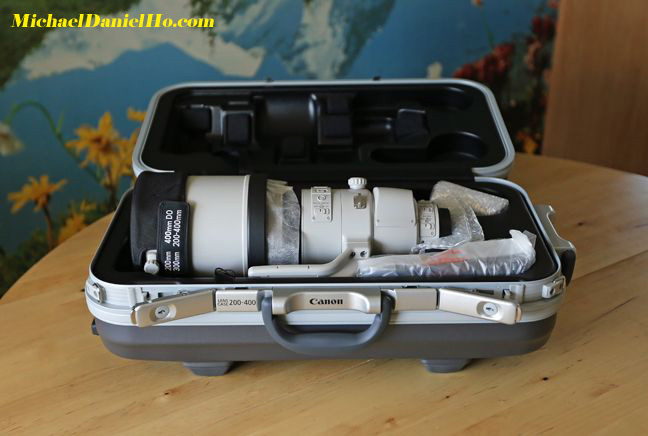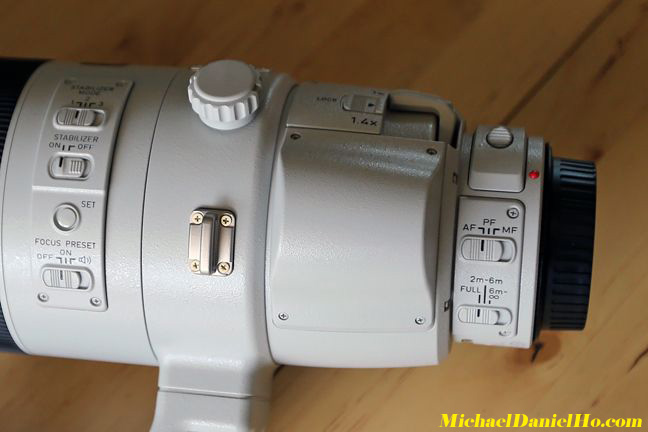Up to now, no Canon Super Telephoto lens comes in a zoom. Adding a built-in 1.4x extender and a fixed f/4 aperture over the entire zoom range is a game changer for me. By the way, the minimum focusing distance over the entire zoom range is only 6.6 feet. This means I can get closeup to the wildlife action. Although this lens is revolutionary for a 'L' design, Canon actually experimented with the FDn 1200mm f/5.6 lens with a built-in 1.4x extender back in 1984 during the Olympic Games in Los Angeles.
To say the EF 200-400mm lens' zoom range is flexible is an understatement. In addition to the built-in 1.4x extender, the lens also accepts the EF 1.4x and 2.0x III extenders. This means the lens can have a possible zoom range of 200mm to 1,792mm, when used with a combination of full frame, APS-H and APS-C cameras. EOS-5D Mk III and the EOS-1 bodies will allow AF down to f/8. Auto-focusing with apertures smaller than f/8 is not possible but this lens is well designed for that with FTM (full time manual) focusing built-in. I am not a big fan of the 2.0x extender but the 1.4x is another matter. With the EOS-1D X or Mk IV cameras plus the EF 1.4x extender mounted on the EF 200-400mm f/4L IS, my focal length starts out at 280mm and ends at a little over 1,000mm. This immense focal length range encourages creativity and open up endless possibilities for my long lens photography.
When the EF 1.4x extender is attached and the EF 200-400mm internal extender set to 1x, any AF points can be selected with the joystick. When the internal extender is set to 1.4x, only the center AF point works. When the EF 2.0x extender is attached and the internal extender is set to 1x, AF slows down and only the center AF point works. If the internal extender is set to 1.4x, manual focusing will be required. This works well for me since I like to add the 1.4x extender sometimes and work mostly with the center AF point anyway. AF is lighting fast, even with the addition of an external 1.4x extender. It took me a little while to get used to the fact I can actually zoom in and out with this Super Telephoto lens and finding the extender lever by touch without having to take my eye off the viewfinder. After that, it was rather instinctual in changing the zoom range, landscape to portrait mode, AF points, ISO setting and exposure control, all in quick succession, without ever taking my eye off the subject.
I snapped a few bird photos in my birding hot spots with the lens and went to the zoo one day. So far, I am quite pleased with the initial results. Look at the image quality of the 100% crop
Chimpanzee and
Victoria Crowned Crane photos.
They were taken from about 100 and 40 feet away, handheld. The built-in extender was switched off with the Chimp photo but switched on with the Crane shot. The IQ of the Bird-in-flight shots are equally impressive. All photos taken with the EOS-1D X at 400mm f/4, IS Mode 1, AI Servo. Will be taking the lens and the EOS-1 cameras out to get acclimated to its functions and shooting techniques in the next few weeks. Hand-holding my camera and traveling light on photo shoots are my preference. Despite the weight of this lens and the EOS-1 camera (about 11 pounds), I am able to hand-hold (with proper technique) the combo for a short while even though I am of average height and build. When I do use support, my pick is the SLIK PRO 824 CF carbon fiber tripod and the Kirk BH-3 ball head.
SLIK and Kirk equipment are the best value in my opinion and highly underrated. The combination weighs about 5 pounds and can support the EF 200-400mm f/4L lens plus the EOS-1 camera with ease. Visit my equipment page on my website to see all the gear I use on photo shoots.
I have taken this Super Telephoto lens to many parts of Alaska, the sub and high Arctic, Africa, Brazil, India and the Southern Ocean to photograph Polar bears, Brown bears, Tigers, the Big Five and other wildlife. The EF 200-400mm is a bit cumbersome in bouncing zodiacs, small boats and jeeps but on a stable platform, it works flawlessly. Will be taking the lens to more locations worldwide in the next few months and putting it through further testing.
Follow me on
Facebook ,
Instagram ,
Twitter
and
Blog to keep up with my travels and join me on my
photo shoots.
Keep checking back for additional photos and addendum to my hands-on review of the EF 200-400mm f/4L IS USM Extender 1.4x lens as I return from additional photo shoots.
|

